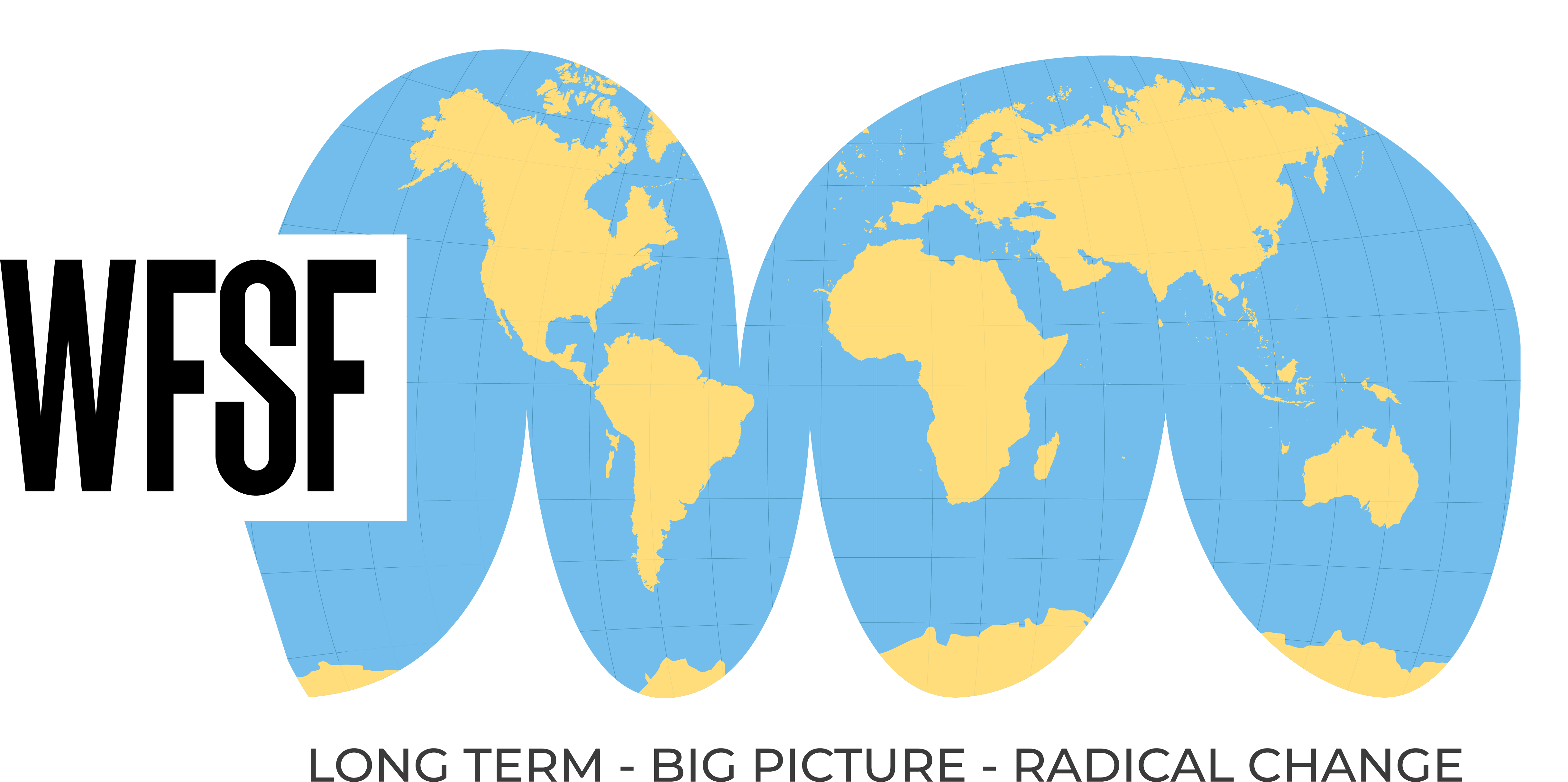24th World Conference

White, Gray and Black Swans: Communicating Uncertainty about the Future to Policymakers
In the last two decades, a lot of nasty surprises shocked the world. Starting with September 11, the list includes several economic disruptions, popular revolts in the MENA region and beyond, the annexation of Crimea, Brexit, Trump, the corona pandemic, etc. What are the reasons for the failure to foresee so many global surprises? Are experts discounting the possibility of major disruptions or is it a lack of collective imagination? It could also be a matter of priorities. Often there is an official document or a paper from a research institute published years ago discussing a hypothetical situation that later turned into reality that was not given enough attention by policymakers. A deadly pandemic has been a frequent scenario in risk assessments, for example.
I argue that the core problem is the discrepancy between policy prescriptions based on the analysis of possible developments on the one hand and the logic of everyday policymaking on the other hand. Futures researchers will therefore need to engage more frequently with politics to better understand daily routines. Simply throwing more reports and studies about hypothetical events at policymakers does not automatically result in precautionary intervention. To the contrary, knowledge overload can paralyze decision making processes and provide a smokescreen that allows policymakers to deflect inconvenient or unpopular measures that would mitigate future risks and threats.
Therefore, the futures community must get better at communicating to policymakers. Structuring and curating information should include pointing out which of the many conceivable events and developments deserves special attention – and why. Policy recommendations could be framed according to the needs of different audiences: short-term forecasts of geopolitical events for the executive branch, normative and political implications of mid- to long-term scenarios for legislators.

